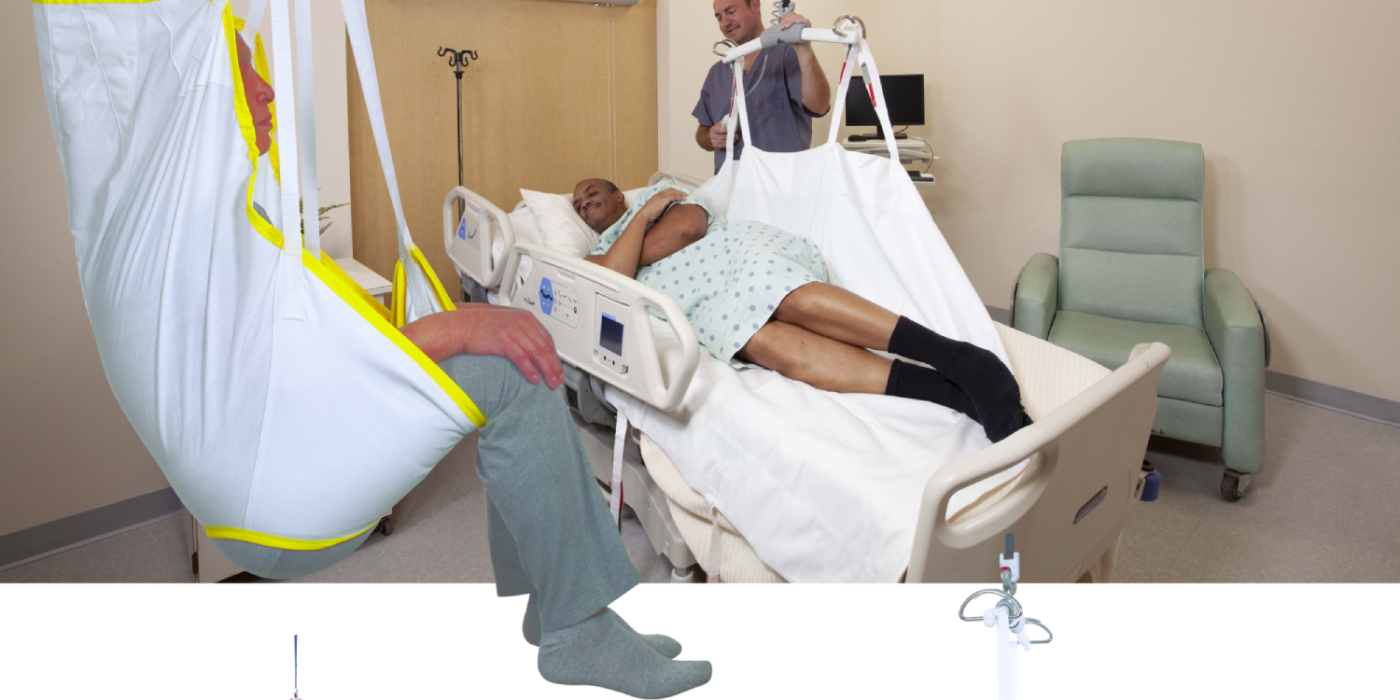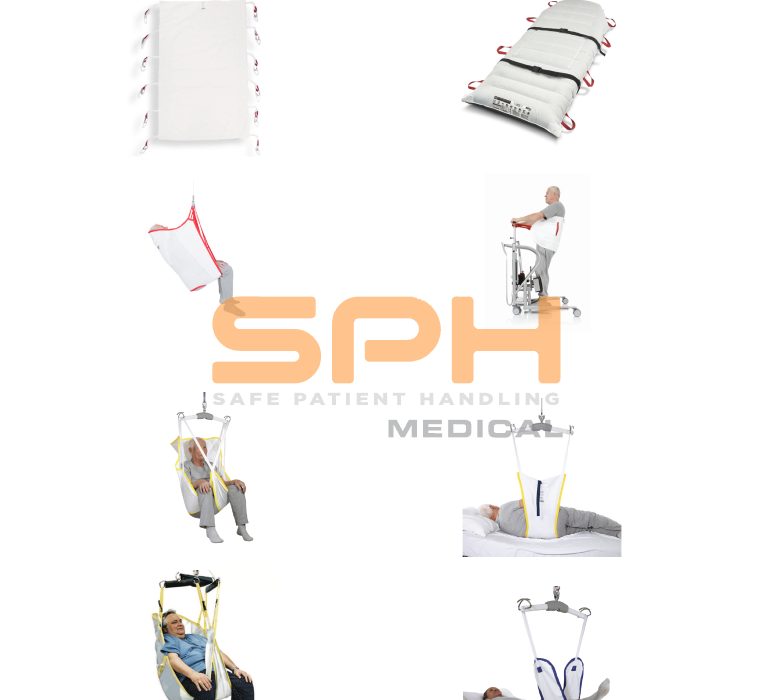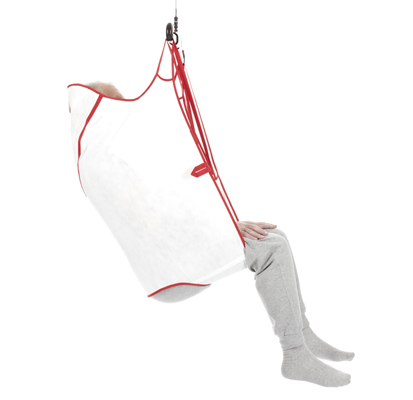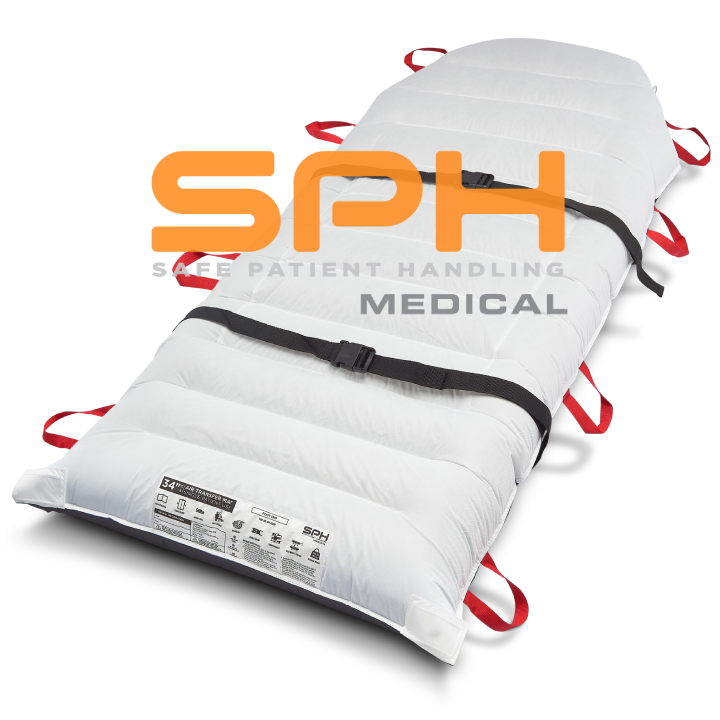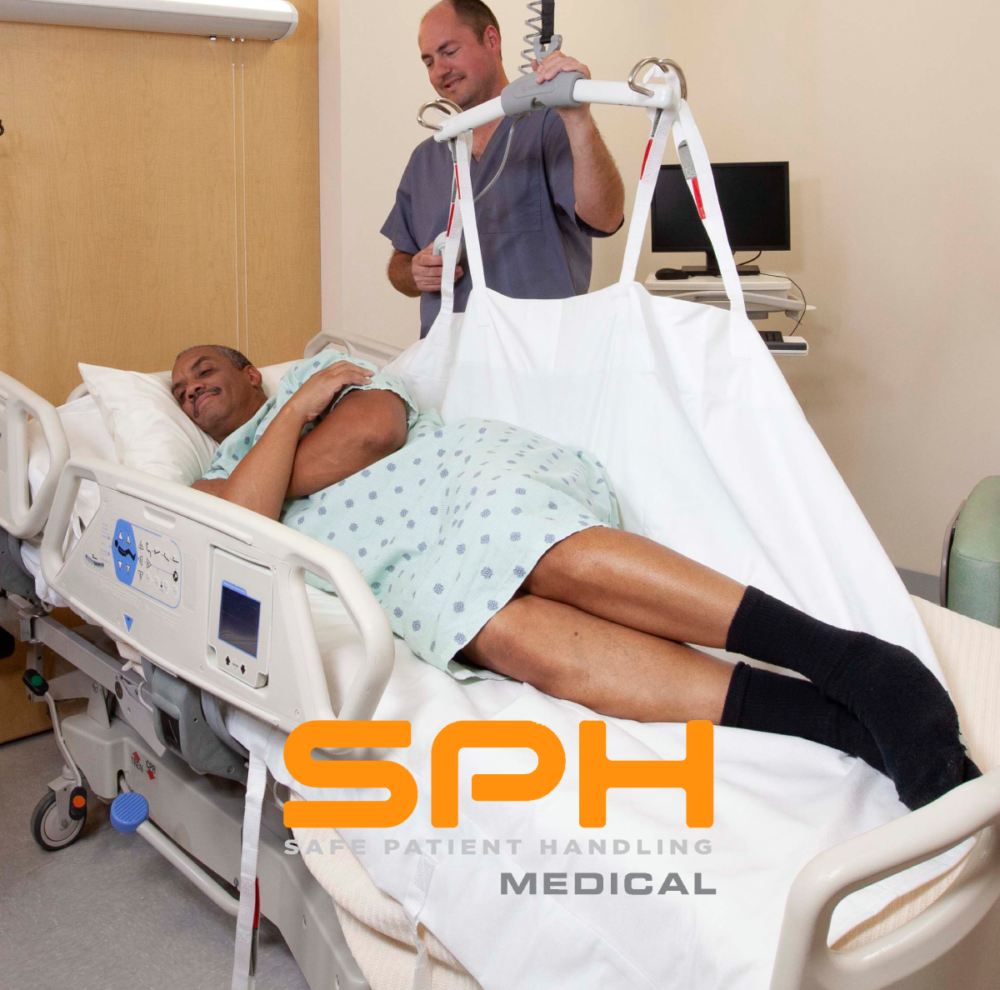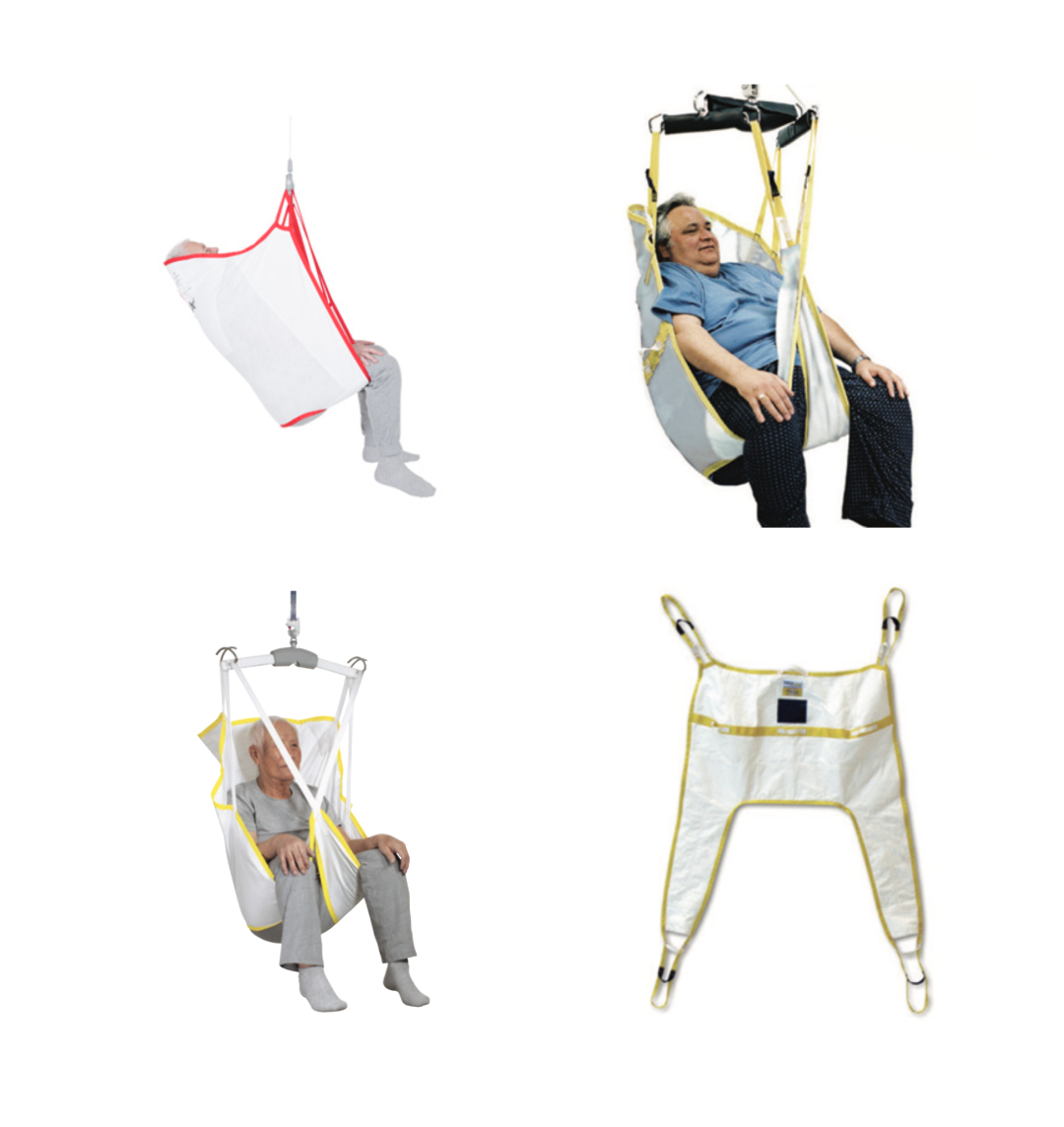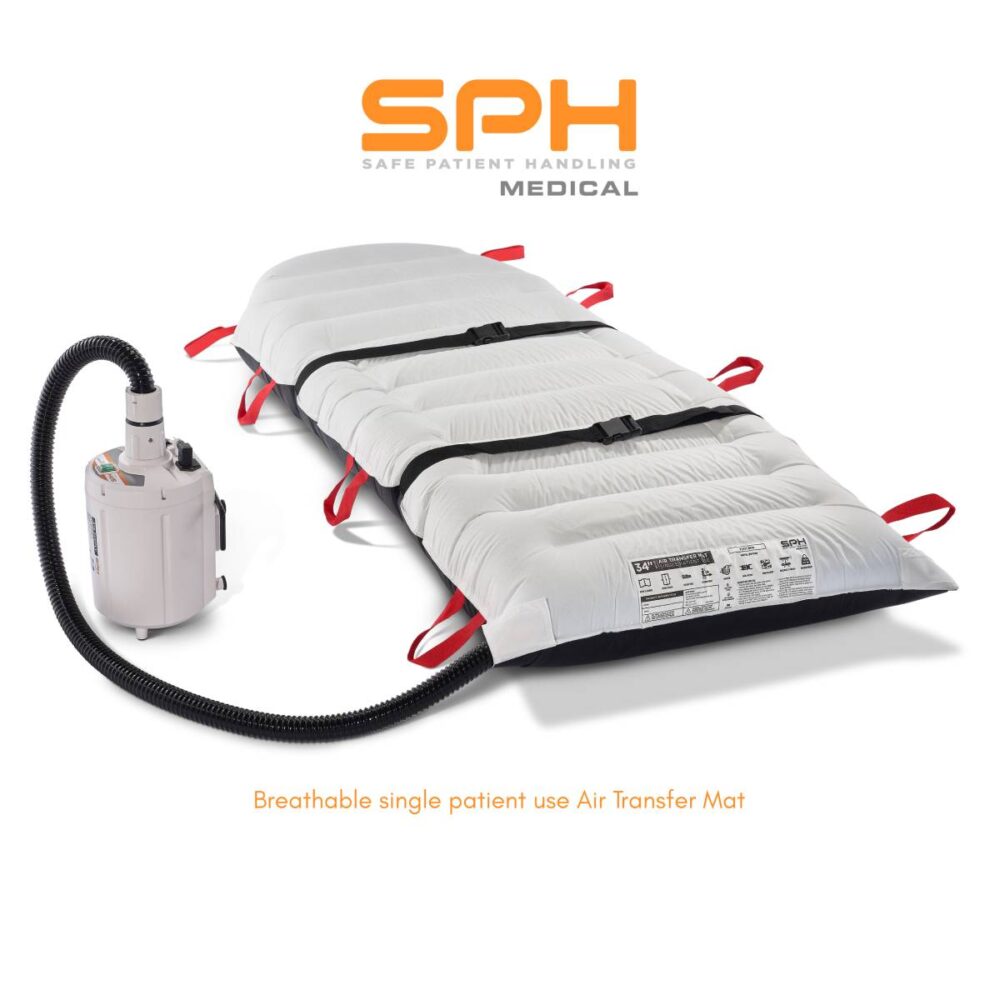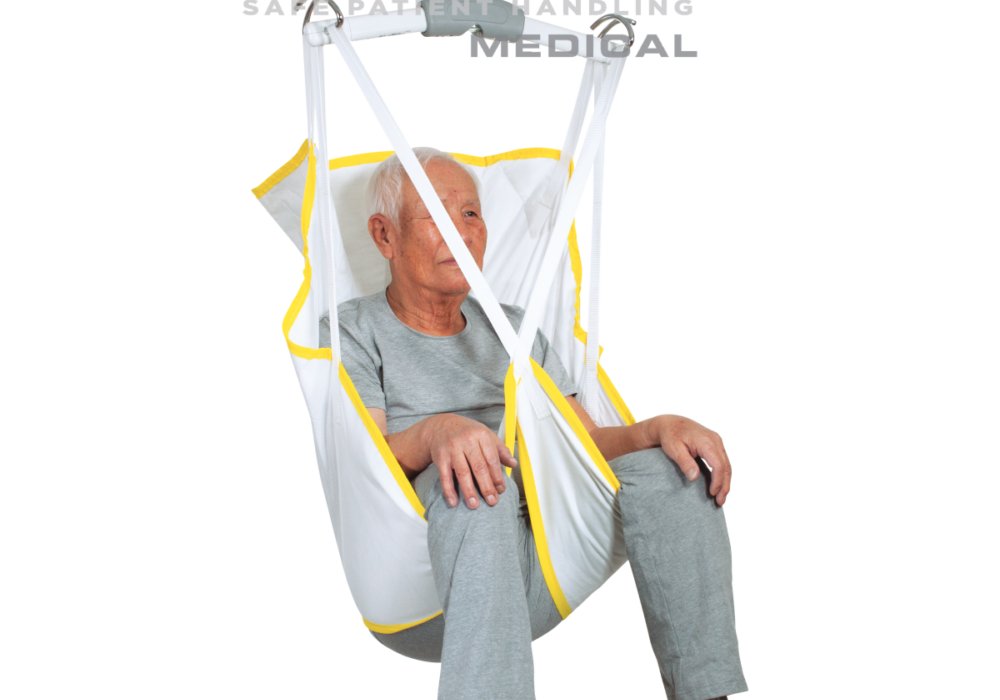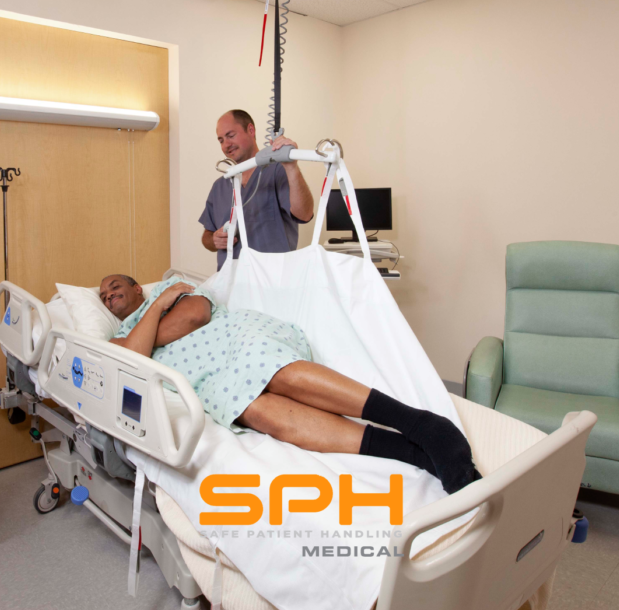In the dynamic and demanding environment of healthcare, ensuring the safety and well-being of both patients and staff is paramount. Single patient use slings have emerged as an innovative solution that promises to enhance safety, improve accessibility, and provide a substantial return on investment. This article delves into these benefits in detail, making a persuasive case for their adoption in healthcare facilities.
Enhanced Safety for Nursing Staff
Single patient use slings play a critical role in minimizing the risk of cross-contamination, a persistent challenge in healthcare settings. Unlike traditional reusable slings that require thorough cleaning and sanitization, SPU slings eliminate the possibility of lingering pathogens, thereby enhancing patient safety. Furthermore, they contribute significantly to reducing nursing staff injuries. By streamlining patient transfers and minimizing the associated physical strain, these slings protect caregivers from musculoskeletal disorders commonly resulting from repeated lifting and movement activities.
Single Patient Use Slings; Accessibility and Availability
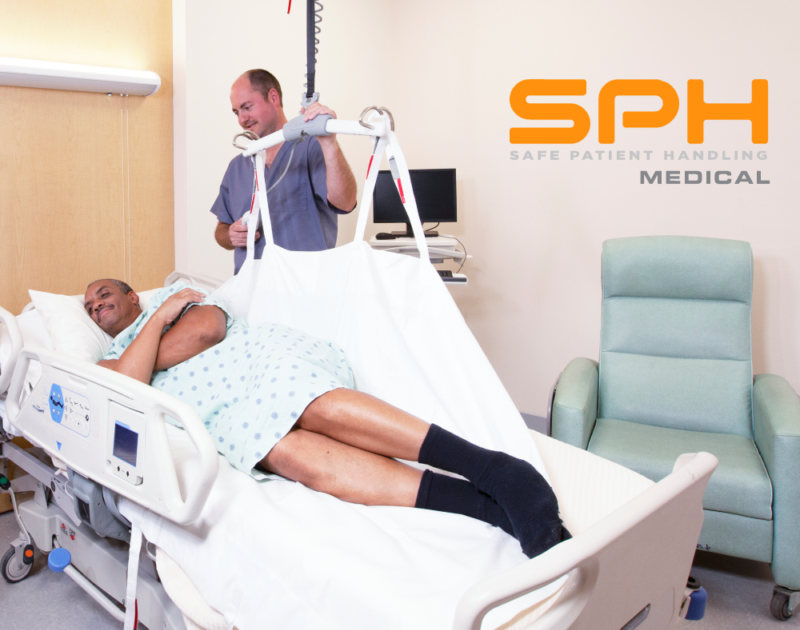 In emergency situations, time is often of the essence. Single patient use slings are strategically designed for hassle-free access, thereby cutting down wait times and facilitating immediate patient care. Their widespread availability across hospital facilities ensures that healthcare workers have prompt access to these crucial tools, thus enabling quicker responses and enhancing overall efficiency.
In emergency situations, time is often of the essence. Single patient use slings are strategically designed for hassle-free access, thereby cutting down wait times and facilitating immediate patient care. Their widespread availability across hospital facilities ensures that healthcare workers have prompt access to these crucial tools, thus enabling quicker responses and enhancing overall efficiency.
Evidence-Based Benefits
The efficacy of single patient use slings is supported by a growing body of evidence. Studies have shown a marked decrease in nursing staff injuries when utilizing these tools, emphasizing their contribution to a safer work environment. Testimonials from healthcare professionals who have integrated single patient use slings into their practice reflect positive outcomes, including improved patient experiences and satisfaction.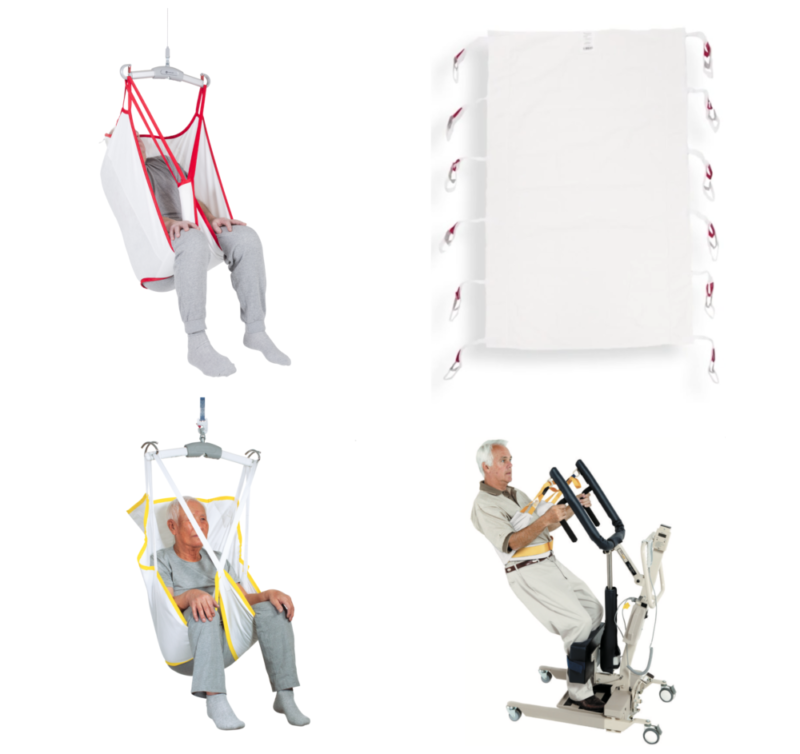
Return on Investment
While the initial investment in single patient use slings may seem significant, the long-term financial advantages are substantial. Implementation leads to a reduction in worker compensation claims and lowers the incidence of sick leave due to fewer staff injuries. Additionally, the morale and productivity of the workforce see tangible improvements, translating into better patient care and operational efficiency.
Single Patient Use Slings and Sling Attachment Methods
When it comes to attaching slings to mobile and overhead lifts, two primary styles are widely used: the hook and loop style and the clip style. The hook and loop slings, often paired with repositioning sheets, are more commonly employed due to their versatility and ease of use. These slings offer a secure fit through a simple wrapping mechanism around the lift’s attachment points, allowing for quick and efficient operations. On the other hand, clip style slings are designed to securely attach to lifts via metal or plastic clips, providing robust support for heavier loads. Understanding the advantages and appropriate applications of each sling attachment method can aid healthcare facilities in selecting the most suitable equipment for their patient handling needs.
Extensive SPH Medical Sling Portfolio
SPH Medical’s sling portfolio provides an impressive range of options tailored to meet diverse patient handling requirements. These slings are available in a comprehensive array of sizes and weight capacities, accommodating patients up to 1000 lbs. This extensive selection ensures that every patient receives the level of care and support they necessitate, enhancing both safety and comfort. Furthermore, SPH Medical’s slings are designed for universal compatibility with various hook and loop or clip style lifts. This feature allows healthcare providers to integrate the slings seamlessly into existing systems, minimizing the need for costly equipment upgrades and aligning with the objective of flexible and efficient patient care solutions.
Transitioning to SPH Medical’s Single Patient Use Slings
Hospitals looking to enhance safety and achieve cost savings can seamlessly switch to SPH Medical’s single patient use (SPU) slings. These slings are designed with the latest safety standards, minimizing infection risks and improving patient handling. SPH Medical provides comprehensive support, including detailed guidelines and training sessions, to ensure your staff is fully equipped for the transition. Collaborating with SPH Medical allows healthcare facilities to streamline their operations while maintaining high safety standards, ultimately reinforcing their commitment to both patient care and budget efficiency.
To effectively implement SPU slings, hospitals and healthcare facilities should take proactive steps, such as revising their procurement processes, ensuring comprehensive staff training, and promoting ongoing research into safe patient handling practices. By prioritizing these initiatives, healthcare providers can significantly improve the quality of care and safeguard both patients and personnel.
Single-use slings have revolutionized healthcare by significantly improving patient safety, reducing cross-contamination risks, and offering economic advantages through cost efficiency. Their introduction marks a crucial step forward in patient care practices, emphasizing the importance of adopting these tools in healthcare facilities. Administrators should consider implementing single-use slings to enhance safety protocols and achieve cost savings, thereby promoting a safer and more efficient healthcare environment. By embracing these innovative solutions, healthcare providers can harness the benefits of modern technology to deliver exceptional patient care. Keep up with industry developments and consider incorporating single-use slings into your facility’s protocols to stay ahead and improve overall outcomes.

